When you decide to switch your energy source to solar, even partially, it’s a huge step. It can mean a complete change in your home’s level of energy consumption, and is seen by many as a wonderful way to start to move ‘off the grid.’ However, before you can make the plunge into solar, you should consider where the panels are going to rest—your roof. While many homeowners wouldn’t mind going solar, there are a few key factors to consider to ensure that you have the best experience possible.
How Long Do Asphalt Shingle Roofs Last?
In the United States, the most common roofing material choice is asphalt shingles. These can last from 15-30 years, depending on several factors. Keep in mind that weather, heat, humidity, and construction quality all factor into how well your roof will hold up. Before you build, consider if your roof is strong enough, if the materials used are sound for solar, and if they need to be replaced before you get started. You should also ensure that the inclusion of solar panels is done in such a way that your roof’s ventilation isn’t hindered. Many panels are designed with this feature in mind, and your contractor can work with you to guarantee that your roofing materials and solar cells are compatible.
How Long Do Solar Panels Last?
A typical solar panel installation will come with a manufacturer’s warranty of 25 years. However, most installation companies only guarantee the work they do as far as the panels and nothing more. But with a quality roof and panels, you shouldn’t have to worry. Before you install something with the potential to last a quarter-century, search for a company that is able to install both the roof and the solar panels. If the company will guarantee both, then many potential issues will already be covered. Also, make sure that your chosen solar panel set comes with a good warranty, which shouldn’t be difficult to do.
Typical Asphalt Roof Warranties
Typically asphalt roof warranties should cover 15-30 years, with a shingle warranty having the potential to last 20-50 years. To help ensure that your roof is installed correctly, have an inspection done once the job is completed. The most common claim to insurance companies is shingle failure. If caught, this minor problem can be corrected, and will ensure your warranty. In addition to having the roof inspected immediately after installment, ensure that you have documented proof. While an inspection can cost a few hundred dollars, it’s better to pay extra up front for extra peace of mind than to have to pay thousands of dollars later. Also, don’t be afraid to research the quality of the shingles you’re purchasing. Some may last for decades, and some, depending on local climate conditions, may only last a few years. A good contractor will help you determine which shingles are best for your region and climate.
Cost of an Asphalt Roof
An asphalt roof, if you install it yourself, the cost can range anywhere from $700 to over $3500. The main costs revolve around the color, thickness, and style of the shingle purchased. In addition, there is the cost of base material, tar, nails, and the extra 10% waste material needed to build the test sample (always a good idea.) This doesn’t even begin to factor in the cost of any possible reinforcements that might be needed for the roof, or the cost of removing the waste. Overall, if you install your own roof, you can expect to spend anywhere from $2,500 to $5,000. If a contractor does it, expect to pay about $1-$4 per square foot (this is fairly common, and not a bad rate.) Also, check with your contractor to see if they cover inspections or warranties. Take a look at review sites for which company can offer the best deal, and pay close attention to what tiles they use. If you are concerned about how well the materials will hold up, there are calculators online to estimate the lifespan of the materials based on where you live.
Match Your Roof Life to the Solar Installations Life
The roof and panels you choose should last for 25 years. With good roofing materials and support, your panels should hold up and over time will more than justify the cost of the installation. Plus, many states offer generous tax incentives for equipping your home with solar panels.
Your solar panels can come in a variety of styles and have different features to match your region. For rainier areas, some solar panel designs can offer additional drainage and run-off. In areas with more extreme weather, panels can come with more durable materials, or even metal shades that can be drawn to protect them. This can also help to act as an additional shield for your roof, and thereby help preserve it so it lasts even longer. Some people double-down on their energy savings and route water pumps through their panel system as well, which can help heat their swimming pools.
Solar panels can be a wonderful addition to your home, and the benefits of having them can easily outweigh the costs upfront. Everyone wants to save money, and who doesn’t love knowing they’re doing something good for the environment? Solar is a great way to do both, plus your home will be better for it, from top to bottom.
Contact YellowLite today. We're happy to answer any of your questions.



